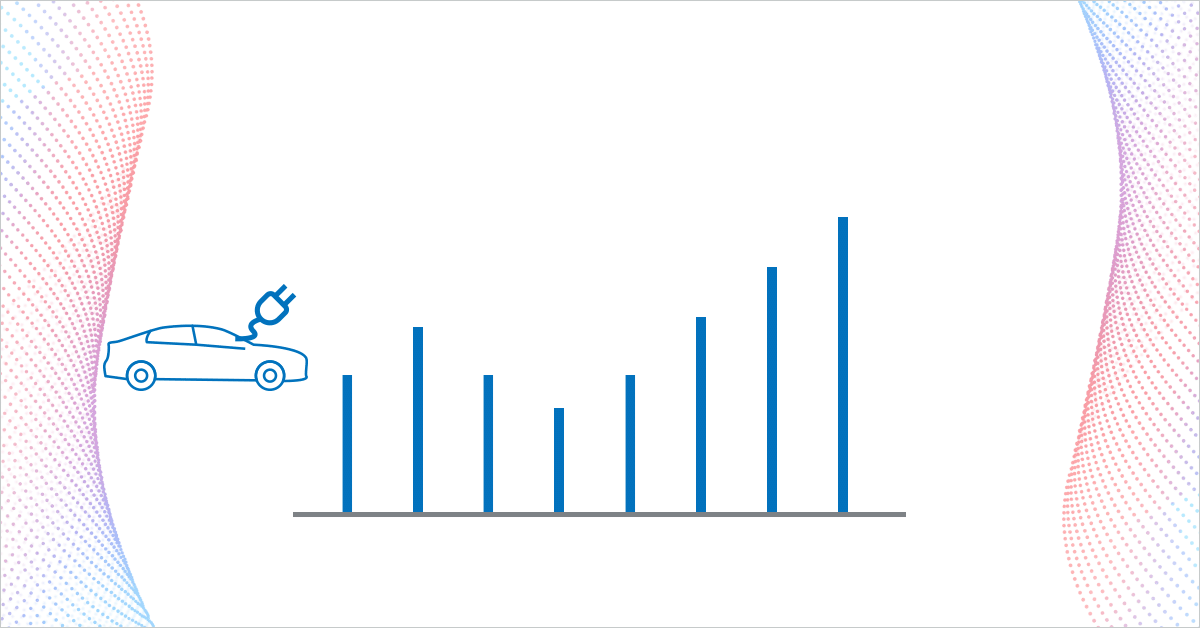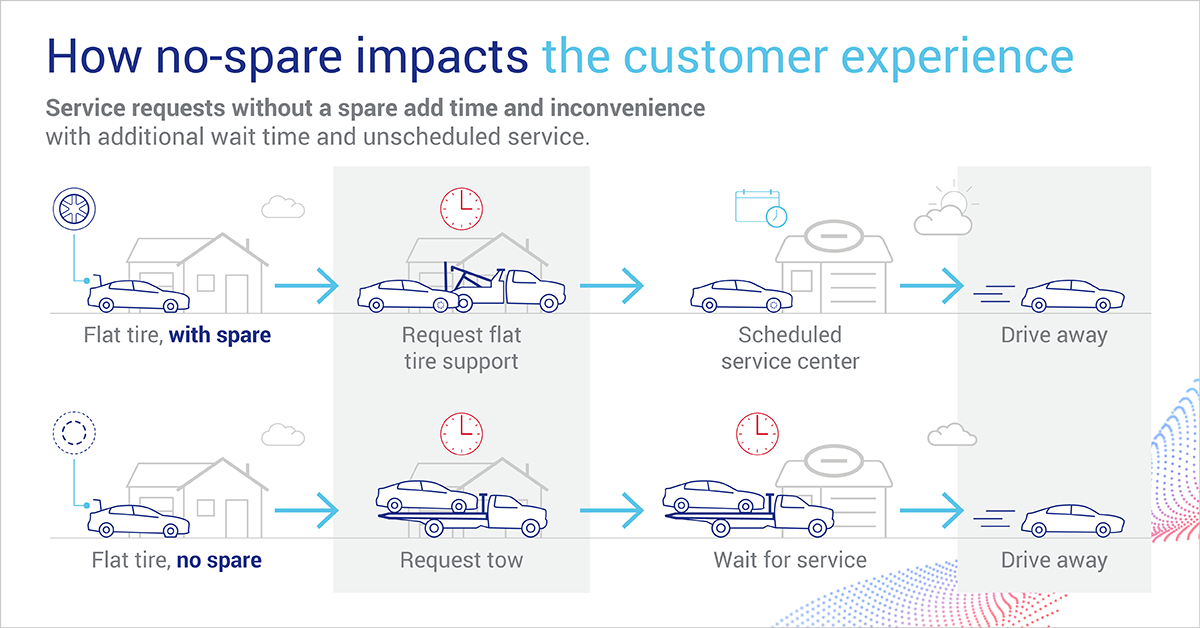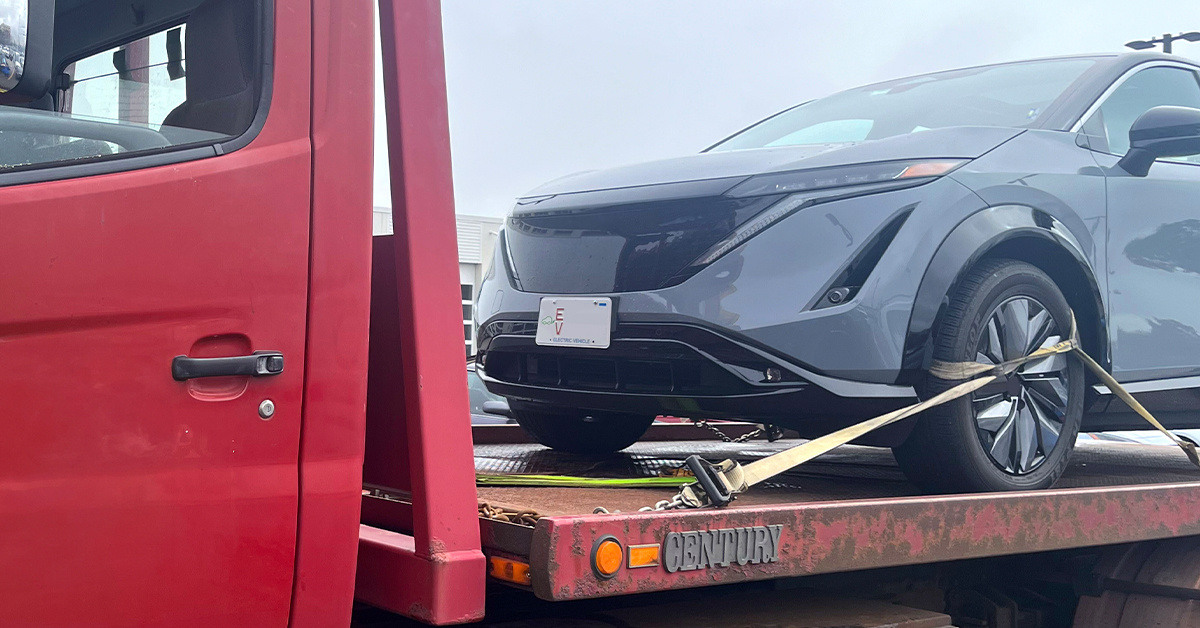In 2023, 1.2 million, or 7.6% of all new cars sold in the US, were electric vehicles. Hybrid vehicle sales also experienced a banner year, hitting a record high of over 1 million vehicles sold, with another 148K in plug-in hybrid sales. This year, EV sales are predicted to reach 10% of new cars sold, and more than 50 new EV models are expected to appear on retail floors by 2026.

While overall EV adoption is slower than initially expected, these numbers show that interest in alternative fuel vehicles is continuing to grow, particularly in California, DC, Hawaii and the Pacific Northwest. However, the onward path toward mainstream adoption will have its share of twists and turns.
Let’s consider the typical EV owner for a minute: according to Business Insider, EV purchasers tend to be middle-aged (Millennial and Gen X) men with significant disposable income. This is consistent with the price point of EVs, averaging just under $59,000 - nearly $10k higher than the industry average. In addition, a recent Edmunds study notes that “these buyers are more typically trading in luxury vehicles for their electric cars, even if the EV they're buying isn't from another luxury brand.”
Lack of familiarity with EVs could put pressure on breakdown experiences
With a potential 20+ years’ experience maintaining and operating internal combustion engine (ICE) vehicles, new EV buyers are likely to feel comfortable and familiar with typical vehicle needs. Furthermore, considering the income and trade-in trends, combined with the high EV price point, purchasers are more likely to expect a frictionless driving and service experience.
But while the look and feel of an EV can be similar to its gas counterpart, operating and maintaining one is, of course, quite different. In fact, a majority of consumers are unaware of just how different the nuances of EV ownership are until they decide to purchase one.
These differences can often make themselves known during a roadside event…
According to Agero Service Event Data, PHEV and EV vehicles experience a higher percentage of service events than ICE vehicles.


- New EV drivers in our qualitative study commented that they were surprised by how much there was to learn, even the basics like turning the car on and off.
- The likelihood of a dead battery on a hybrid is higher and this is reflected in our roadside data - there are nearly 40% more battery jumps for hybrids.
- Survey respondents expressed uncertainty with regard to what maintenance was required and when - meaning regular services may be drastically delayed or missed entirely.
- Notably, out of charge events account for less than 2% of roadside events based on 2023 Agero event data.
It’s clear that a lack of familiarity with EV operation, combined with (possibly) unfulfilled expectations and the frequency of unexpected events can have the potential to add more stress to an already frustrating roadside assistance situation. In general, safety (34%), wait times/being late (56%) and costs (55%) are the most common concerns for drivers during a breakdown, all of which can be exacerbated by unforeseen EV issues or extended delays. Our findings exemplify this: when wait times increase from 60 minutes to 90, NPS can drop by as much as 20 points.
Knowledgeable and prepared providers can help

If you service EV jobs, understanding what an EV driver may be expecting or how they are feeling during a vehicle disablement is key. And there are steps you can take to make this service experience as smooth as possible for the customer and for your drivers:
- Ensure your drivers are up to date/trained on vehicle handling and informed enough to answer questions from the customer. Agero’s training site, Blueprint has more than 150 EV-centered help pieces from Ford, Tesla, Rivian, VW and more.
- Keep in mind the higher potential for damage to an EV during service. These vehicles aren’t standardized across makes and models in the same way ICE vehicles are, making simple tasks like locating a manual park release or tow eye hook up. We recommend reviewing the damage-focused material in the Swoop Resource Center and always take photos before and after handling.
- Be as patient as possible. In no way should your team have to accept abuse from a customer, but it is helpful to understand and empathize with their possible state of mind during a roadside situation - confusion, aggravation, worry, and more.
Remember, we’re all working together to become more familiar with EVs and the exciting future they will bring to consumers and those of us in the transportation and automotive industry.
Stay safe out there and thank you for all that you do.






 Kate leads service provider engagement efforts, communicating directly with Agero's extensive provider network (via email, video, tow shows, promotions and more) to share knowledge, capture feedback and continuously develop relationships. Agero's service provider ecosystem is critical to the delivery of high quality services to consumers that increase client brand reputations. Working in support of service provider affinity, it is Kate's responsibility to help providers grow their business with Agero while supporting internal stakeholders in ongoing improvement of software and processes to make Agero the easiest motor club to work with. When not at work, Kate enjoys reading and spending time with her husband, daughter and chocolate lab Penny.
Kate leads service provider engagement efforts, communicating directly with Agero's extensive provider network (via email, video, tow shows, promotions and more) to share knowledge, capture feedback and continuously develop relationships. Agero's service provider ecosystem is critical to the delivery of high quality services to consumers that increase client brand reputations. Working in support of service provider affinity, it is Kate's responsibility to help providers grow their business with Agero while supporting internal stakeholders in ongoing improvement of software and processes to make Agero the easiest motor club to work with. When not at work, Kate enjoys reading and spending time with her husband, daughter and chocolate lab Penny.